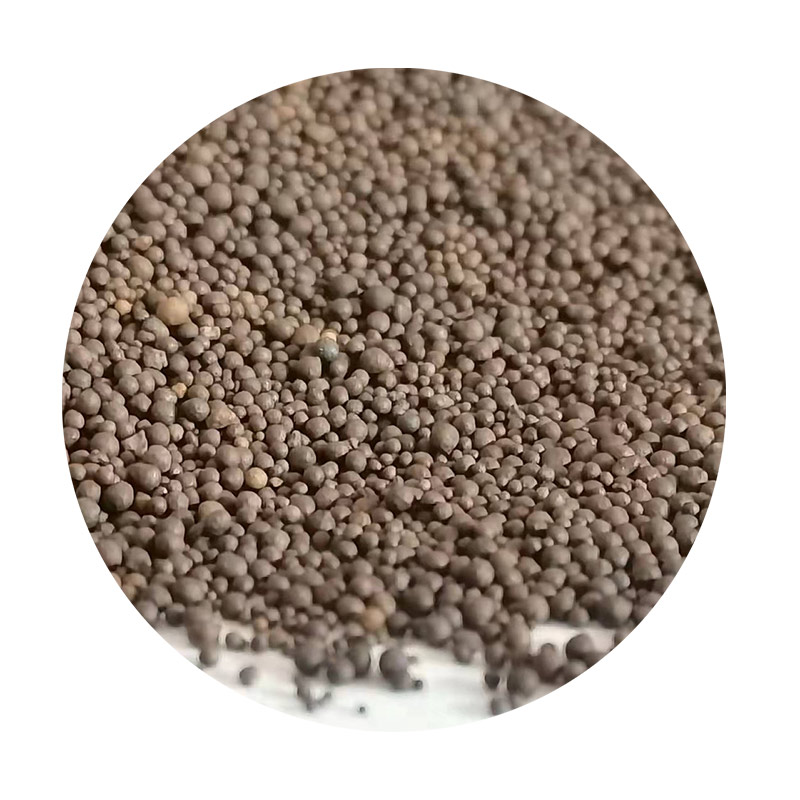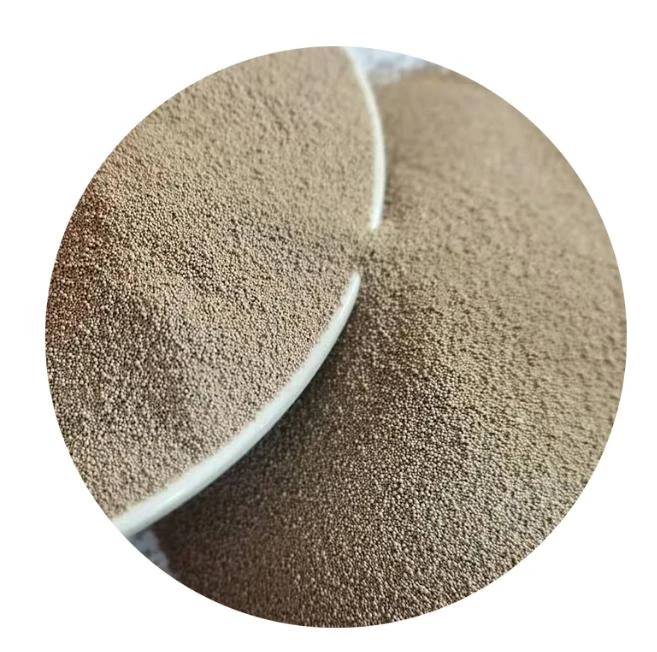

Application methods will differ depending on the project scope. For surface coatings, spreading the sand-resin mixture with a trowel helps achieve an even spread. For casting applications, pour the mixture slowly into molds to help any trapped air escape. It's worth noting that the introduction of sand may alter the cure time of the resin. Polyester resin can cure exothermically when mixed with sand, sometimes reaching temperatures that could affect both the resin and the mold. To avoid mishaps, cure the mixture in a well-ventilated area and consider using additional cooling methods, such as ice baths for larger projects. Safety precautions cannot be overlooked when working with resin and sand mixtures. Resin fumes can be hazardous, so proper ventilation or working outdoors is crucial. Wearing gloves and protective eyewear is also advised to protect your skin and eyes from potential irritants. In terms of sand, particularly silica-based sands, wearing a dust mask is necessary to avoid inhaling fine particles, which can cause respiratory issues. Economically, adding sand to resin can also be beneficial, reducing the volume of resin needed while still achieving substantial bulk and strength. This cost efficiency is particularly appealing for large-scale projects or commercially produced items. As confirmed by multiple expert creators and industrial professionals, projects incorporating sand into resin not only yield striking and durable results but also engage the innovative spirit inherent in the crafting community. The marriage of resin's flexibility with sand's earthiness manages to create a product that is as functional as it is beautiful. Whether you're a hobbyist or a professional, the incorporation of sand into resin projects offers a fresh avenue for exploration and expression. Embrace the adventure, backed by the authority of experience, and see where your creativity takes you. Post time:feb . 11, 2025 17:52
Next:resin coated sand suppliers
